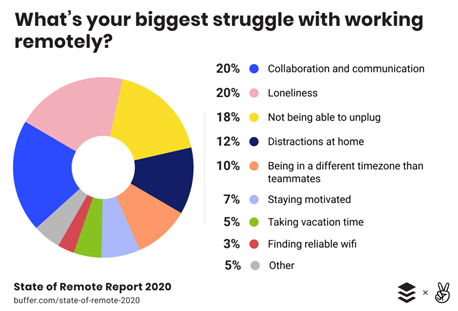Five ways of reducing the risk of dropping employee retention
Rate of Employee Retention
Employee retention is no doubt a key challenge. A recent study by Gartner states that the rate of employee turnover is likely to be up to 75% higher. And in addition, it takes 18% longer to fill any available jobs than pre-pandemic. Not to mention the annoying “quiet quitting” phenomenon, which is white-anting businesses too!
And the reasons why staff retention is affected?
The main reasons employees are leaving and affecting employee retention are:
- inadequate salary,
- deficient perks and benefits,
- overworked,
- lack of support,
- career progression,
- better work-life balance,
- absence of recognition, and
- unhappiness with management.
What can you do?
Whether we are trying to shift a few covid kilos or improve our qualifications doesn’t matter. There is never a single magic bullet. It’s usually a series of conscious actions and the discipline to implement them that results in the outcome we seek.
If you do not change direction, you may end up where you are heading.
– Lao Tzu
Let’s start from the very beginning
Getting back to the basics by reviewing your people processes is a perfect place to begin to improve staff retention in your organisation. Here are a few thought starters.
#1 Realistic Position previews
The talent competition is fierce and at an all-time high, so your recruitment process needs to be engaging, timely and professional. How you or your team handle the recruitment process can strongly influence the desire for a new player to choose to join your company or not.
Research shows that providing applicants with a realistic job preview during the recruitment process positively affects the retention of those new hires. Selling the job or the business as Utopia is not a good idea.
#2 Professional interviews to increase employee retention
When it comes to interview questions, “where do you see yourself in 5 years?” or “sell me that pen” are way past their use-by date. The objective of the initial interview is to confirm that skills and abilities align.
The goal of the second or final interview is to confirm fit. Is the applicant a good fit for the job? Equally important is for the candidate to verify if the job is a good fit for them.
It’s a lot less costly to retain people than hire new staff, and with retention as key focus, you need objective information to de-risk the selection process. Tools like our customisable psychometric GR8PI assessments will give you these critical candidate insights— insights that are impossible to glean at an interview.
#3 Socialise and onboard for retention
Early failure is often high among new employees, and hybrid work has added further complexity.
Onboarding aims to help your new team member understand how to be successful in their new job. First impressions count: you have one chance to make a great first impression when an employee starts with your company.
So, it’s best to ensure you have strategic onboarding and assimilation processes that can quickly help new people become embedded in your business and the role. And therefore, more likely to stay. Possible approaches here include:
- shared and individualised learning experiences,
- formal and informal activities that help people get to know one another, and
- assigning experienced employees as role models or mentors for new staff.
#4 Managers are key to minimise staff turnover
Those first few weeks and months in a new employee’s job are critical, especially in the new hybrid world. A first-rate manager-employee relationship is vital in delivering the employee experience and connection to the business for retention.
Compounding the challenge, many managers have never received any formal people management training. Frequently, a person has made it to manager due to tenure, success in their previous role, or the desire to retain a person.
While these may be valid, today, managers need access to new tools to lead and manage their employees. Such tools help them foster career aspirations, well-being, and connection to the organisational culture.
#5 Training and development to improve employee retention
CFO to CEO: “What will we do if we train them and they leave?”
CEO to CFO: “What if we don’t and they stay?”
This conversation rings true today more than ever.
But not just any old training works. Sending your people to a one size fits all training course is just wasting money. Everyone learns differently, and unless you fully understand what training is appropriate for each employee, you will not achieve the outcomes.
A gap analysis can clearly highlight the specific deficiencies. Our customisable GR8PI suite of dimensions helps you identify gaps. By enabling you to benchmark and compare your staff at a glance, you can customise the thorough training needed across the various groups.
Elon Musk says, “Some people don’t like change, but you need to embrace change if the alternative is disaster”.
If you’d like some help in this area, please reach out or book a call to learn more.



